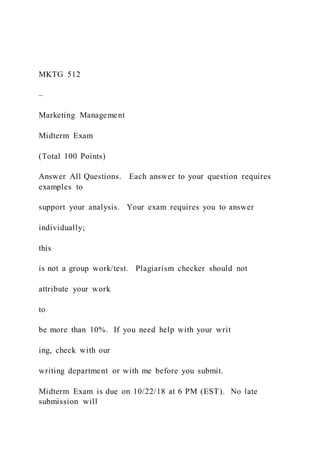
Performing well in written assessments requires a strategic approach to presenting ideas clearly and logically. Whether the task involves theoretical analysis or practical application, understanding the key elements and organizing them effectively can make a significant difference in achieving high marks.
Time management and critical thinking are essential in navigating complex tasks. Preparing in advance and familiarizing yourself with different formats can help reduce stress and improve focus during the test. In this section, we will explore the methods that can boost your performance and help you express your knowledge confidently.
How to Approach Written Assessments Effectively
Success in a written assessment requires more than just knowledge–it demands clarity, organization, and a clear structure that communicates your understanding effectively. By mastering a few techniques, you can confidently tackle a variety of tasks and maximize your potential for a top score.
Organizing Your Thoughts
Before diving into writing, take a few moments to outline your response. Organizing your ideas beforehand ensures that you cover all necessary points while maintaining a logical flow. This simple step can help avoid rambling or missing key concepts.
- Break the topic into manageable parts.
- Prioritize the most important points.
- Ensure each section transitions smoothly to the next.
Providing Relevant Examples
Incorporating real-life examples can strengthen your argument and show a deeper understanding of the subject matter. Concrete examples make your response more convincing and demonstrate practical application of theories.
- Use case studies from class or industry examples.
- Relate theories to current trends or events.
- Be concise; only include examples that directly support your point.
By approaching each task with a structured plan, using clear and focused language, and reinforcing your points with examples, you can effectively demonstrate your knowledge and skills.
Understanding the Exam Format
Familiarity with the structure of an assessment is crucial to achieving success. Knowing what to expect in terms of content and layout allows you to approach each section strategically, making it easier to manage time and ensure comprehensive responses.
Typically, written evaluations consist of multiple sections with varying requirements, such as theoretical analysis, case studies, or practical applications. Each part tests different skills, from conceptual understanding to problem-solving abilities, so it’s important to understand the purpose of each section before starting.
Be sure to carefully read the instructions for each part to avoid confusion. Some sections may require short answers, while others may demand detailed essays. Recognizing these differences ensures you don’t waste valuable time or miss key points.
Key Concepts in Marketing to Focus On
To excel in written assessments related to business strategies, it’s essential to understand and apply core ideas that form the foundation of effective decision-making and consumer engagement. Grasping the fundamental principles not only improves your ability to structure your responses but also allows you to demonstrate a deeper level of comprehension and practical knowledge.
Consumer Behavior and Market Research
Understanding how consumers make purchasing decisions is crucial. Recognizing the factors that influence consumer choices–such as psychological, social, and cultural elements–helps in answering questions related to segmentation and targeting strategies. Additionally, knowledge of market research techniques, including qualitative and quantitative methods, plays a key role in forming data-driven insights.
- Study different consumer behaviors and motivations.
- Understand the role of segmentation in targeting specific groups.
- Familiarize yourself with primary and secondary research methods.
Strategic Planning and Branding
Incorporating strategic planning into your responses shows an understanding of long-term business goals. Knowing how to craft and maintain a strong brand identity is essential for addressing questions on positioning, competitive advantage, and marketing communications. These principles allow businesses to stand out in competitive markets and build loyal customer bases.
- Focus on the stages of strategic planning: analysis, development, and execution.
- Understand brand equity and the importance of consistent messaging.
Strategies for Time Management in Exams
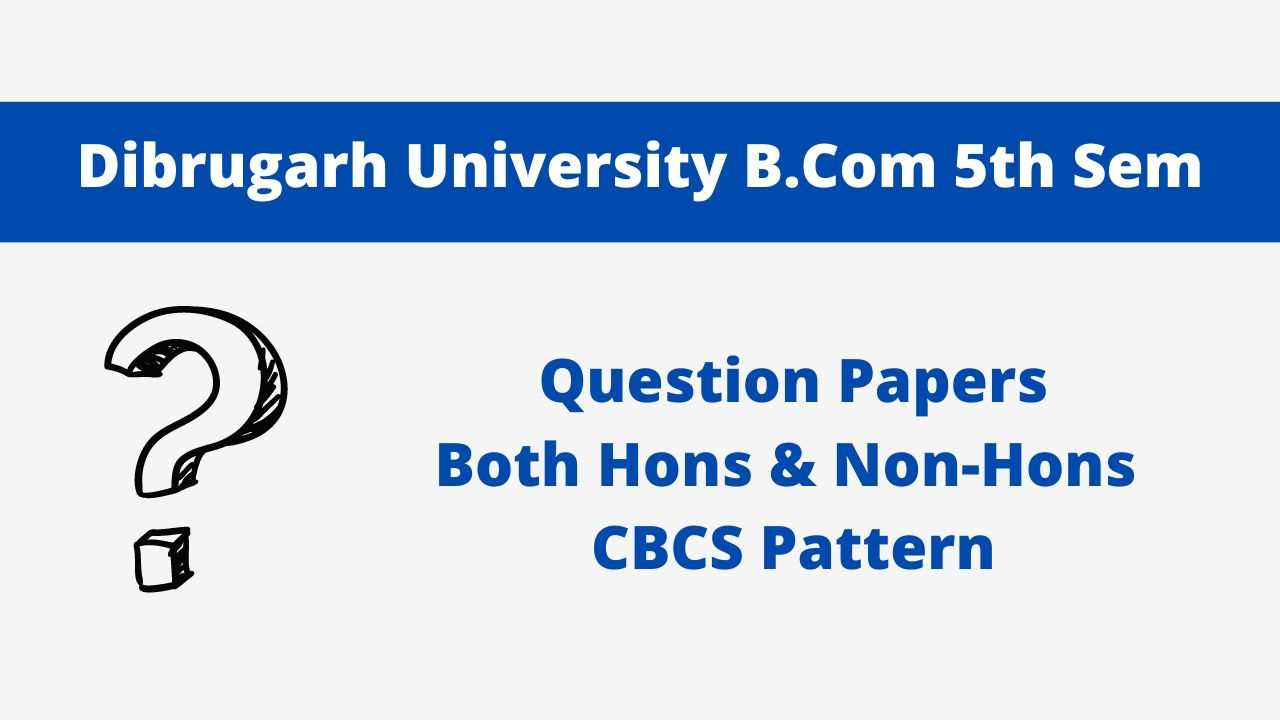
Efficiently allocating time during a written assessment is key to completing all sections with thoroughness and accuracy. Without a clear plan, it’s easy to spend too much time on one task and leave insufficient time for others. A strategic approach to time management ensures you can address every part of the test effectively, maximizing your chances of achieving high marks.
To manage your time successfully, begin by reviewing the entire assessment at the start. This gives you a sense of the difficulty and length of each section, allowing you to prioritize tasks accordingly. Some sections may be quicker to complete, while others will require more detailed responses. Recognizing these differences is crucial to balancing your time properly.
- Allocate a specific amount of time to each section based on its weight and complexity.
- Start with easier tasks to build confidence and momentum.
- Leave a few minutes at the end to review your responses and make adjustments.
In addition to setting time limits, stay mindful of the clock throughout the test. Regularly checking the time helps you stay on track and prevents spending too long on one area. By practicing these strategies in advance, you’ll be able to navigate the assessment with greater confidence and precision.
Analyzing Marketing Case Studies Effectively
Analyzing case studies requires a thorough understanding of the business context, the challenges faced, and the strategies implemented. By breaking down real-life examples, you can highlight key factors that contribute to success or failure, and draw conclusions that demonstrate your understanding of the subject matter. A structured approach is crucial to ensuring you cover all relevant aspects in your analysis.
Start by identifying the core problem or challenge presented in the case study. This sets the stage for understanding the decisions made by the company and how these decisions were shaped by external and internal factors. Next, examine the strategies employed, considering both their short-term and long-term impact. Evaluating the results is equally important, as it provides insight into the effectiveness of the approach taken.
| Key Aspect | Explanation |
|---|---|
| Identifying the Problem | Understand the main issue the company faced, such as market competition, consumer behavior, or operational inefficiencies. |
| Strategies Implemented | Analyze the methods used to address the issue, such as pricing changes, promotional campaigns, or new product development. |
| Outcomes and Results | Evaluate the effectiveness of the strategies based on measurable outcomes like increased sales, market share, or customer loyalty. |
By following this approach, you will be able to provide a detailed and well-structured analysis that demonstrates your critical thinking and understanding of practical applications in business strategy.
How to Structure Your Responses
Presenting your ideas in a clear and organized manner is crucial for effectively conveying your knowledge. A well-structured response not only makes it easier for the reader to follow your argument, but it also allows you to highlight key points and demonstrate a logical flow of thought. In this section, we will explore some of the best strategies for organizing your content to ensure clarity and coherence.
Introduction and Main Body
Start with a brief introduction that outlines the key concepts or issues that will be addressed. This gives the reader a roadmap of what to expect. The main body should focus on the critical points, using paragraphs to separate different ideas. Each paragraph should begin with a clear topic sentence that introduces the main point of the section, followed by supporting details and analysis.
- Start with a concise introduction that sets the stage.
- Use paragraphs to break down each idea clearly.
- Support your points with evidence, theories, and examples.
Conclusion and Summary
Conclude your response by summarizing the main points and offering any final insights or recommendations. A strong conclusion reinforces your argument and leaves a lasting impression. Avoid introducing new information at this stage, as the conclusion should serve to wrap up your analysis.
- Summarize the key points without repeating details.
- Provide a final insight or recommendation if applicable.
By following this structure, you can create responses that are both coherent and compelling, ensuring your ideas are communicated effectively and your argument is clearly understood.
Tips for Writing Clear and Concise Responses
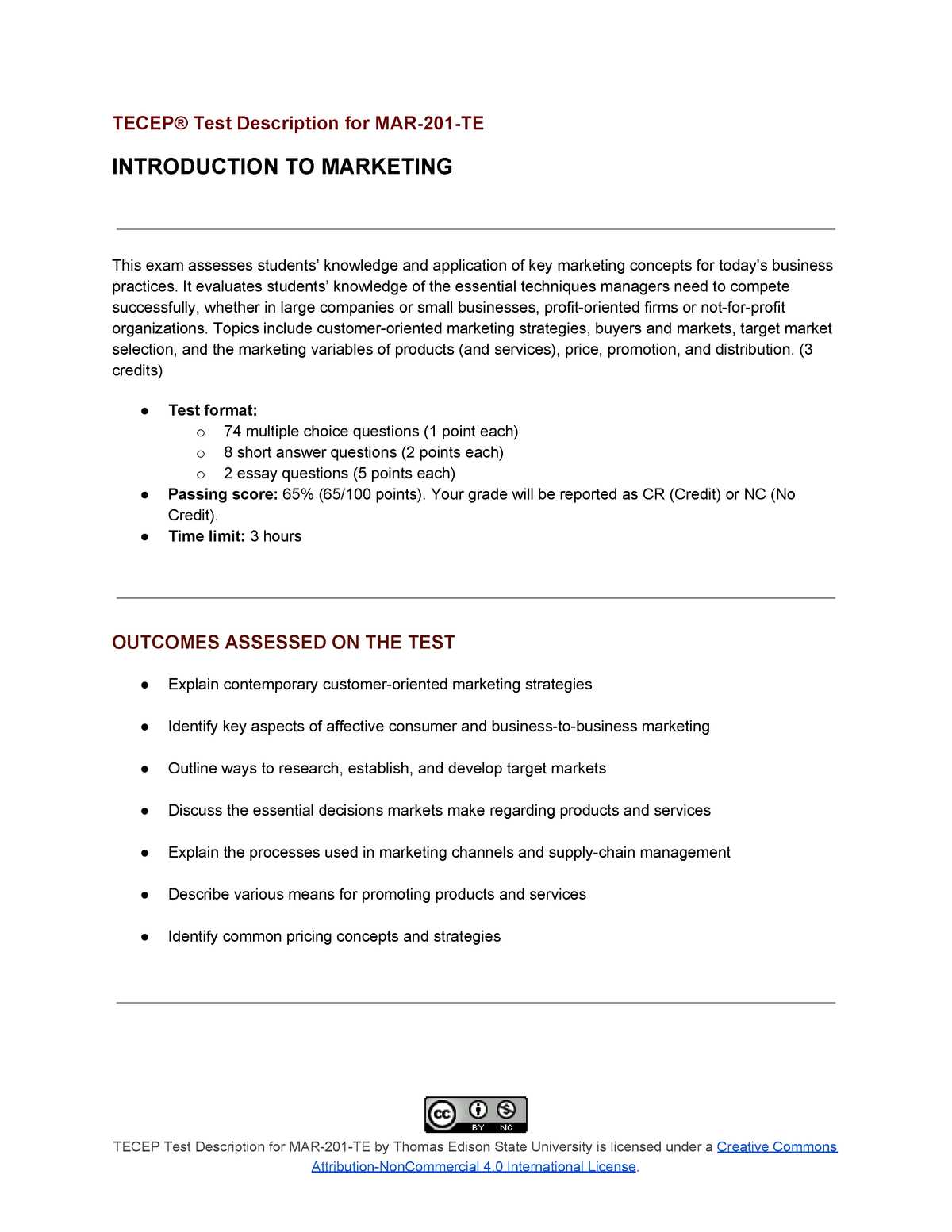
In any written assessment, clarity and brevity are essential. The ability to express ideas in a straightforward and focused manner ensures that your points are easily understood and makes your response more effective. Avoiding unnecessary details and staying on topic helps you communicate your knowledge without overwhelming the reader with irrelevant information.
Be Direct and to the Point
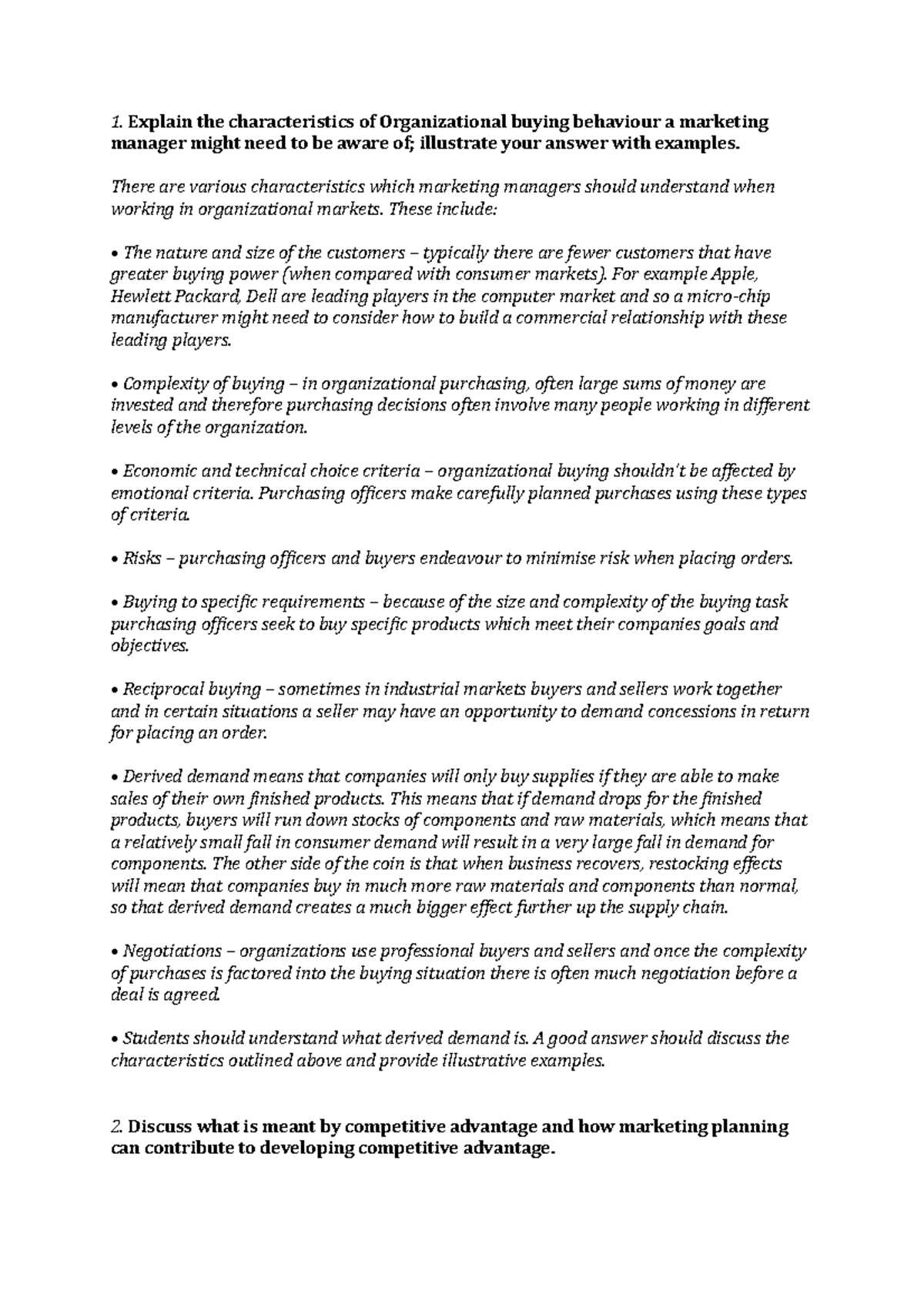
Each sentence should serve a purpose. Avoid lengthy introductions and digressions, and get straight to the core of your argument. If a point can be made in fewer words, do so–this keeps the response focused and avoids confusion.
- Use simple and clear language.
- Avoid jargon unless it is necessary to explain a concept.
- Stick to the main topic and avoid tangents.
Use Structure to Your Advantage
Organize your thoughts logically, using paragraphs to separate different points. Begin with the most important information, followed by supporting details. This structured approach helps the reader follow your argument and ensures you address all key aspects of the task.
- Use bullet points or numbered lists for clarity.
- Keep each paragraph focused on a single point.
- Use transition words to guide the reader from one idea to the next.
By applying these principles, you can craft responses that are both clear and concise, demonstrating your ability to communicate complex ideas effectively within a limited timeframe.
Common Mistakes to Avoid During Exams
When participating in an assessment, certain errors can undermine your performance. Recognizing these pitfalls ahead of time allows you to avoid them and approach the task with confidence. Being aware of common mistakes helps ensure that your responses are clear, focused, and aligned with the requirements of the task.
Not Reading Instructions Carefully
One of the most frequent mistakes is failing to fully read and understand the instructions before starting. Skimming over guidelines can lead to misunderstanding the task, missing key points, or even answering incorrectly. It is crucial to take a few moments to review the instructions to ensure you are on the right track from the beginning.
- Carefully read all instructions before starting.
- Highlight or underline key instructions for clarity.
- Ensure you understand the specific requirements of each section.
Overloading Responses with Unnecessary Information
Another common mistake is adding irrelevant details in your responses. While it may seem helpful to elaborate on every point, unnecessary information can distract from the core argument and confuse the reader. Focus on the key points, providing only the most relevant examples and explanations to support your ideas.
- Stick to the main topic and avoid tangents.
- Be concise and provide only necessary information.
- Avoid repeating the same idea in different ways.
By staying mindful of these mistakes, you can improve the clarity and quality of your responses, ultimately enhancing your performance and ensuring that you meet the requirements of the task.
Utilizing Marketing Theories in Responses
Incorporating relevant theories and concepts into your responses is essential for demonstrating a deep understanding of the subject. Theories provide a structured framework for analyzing business situations and help to strengthen your argument. By referencing established models and frameworks, you show that you are not only recalling information but also applying it to solve real-world problems.
Choosing the Right Theory
It’s important to select theories that are directly relevant to the task at hand. Look for models or concepts that align with the problem or challenge presented, ensuring that your response is focused and applicable. Commonly used frameworks in business contexts include the SWOT analysis, the 4Ps, and the Ansoff Matrix, among others. Make sure to justify why you have chosen a particular theory to support your ideas.
- Identify which theory best fits the issue at hand.
- Use well-known frameworks that are widely recognized.
- Provide clear explanations for why the chosen theory is relevant.
Applying Theories Effectively
Simply mentioning a theory is not enough; it must be integrated into your analysis. Explain how the theory applies to the situation and use it to support your points. Break down the theory’s components and demonstrate how they relate to the scenario. Use examples from the case or your own knowledge to illustrate how the theory can be used in practice.
- Clearly demonstrate how the theory connects to the case.
- Provide practical examples or evidence to support your explanation.
- Show how applying the theory leads to a clearer understanding of the situation.
By thoughtfully incorporating relevant theories, you enhance the depth and credibility of your responses, showing that you are capable of critical thinking and applying academic knowledge to practical situations.
Understanding and Applying Marketing Models
Models are powerful tools that help in structuring analysis and decision-making by providing a clear framework for understanding various business scenarios. By breaking down complex issues into simpler components, these models enable a focused approach to problem-solving. To effectively leverage them, it’s important to not only understand their concepts but also know how to apply them to specific situations with precision and relevance.
Key Models for Analysis
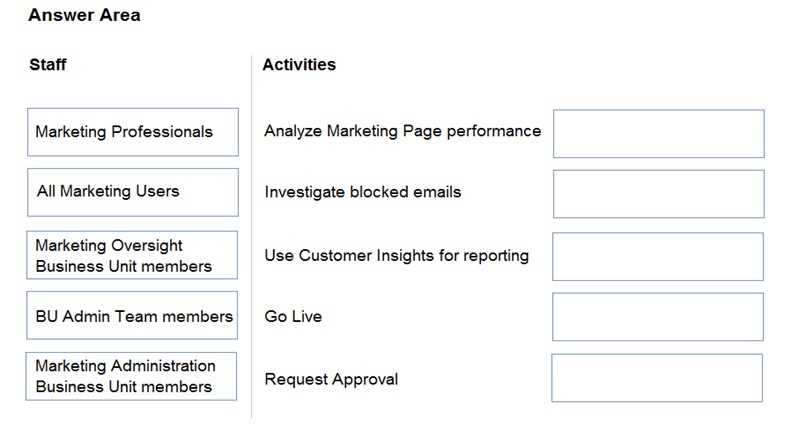
Several models are widely used in business to analyze different aspects of strategy and decision-making. Each model has its unique focus, whether it’s examining market dynamics, assessing competitive forces, or exploring growth opportunities. Choosing the appropriate model for the task at hand is essential for a meaningful analysis.
| Model | Focus Area | Key Principle |
|---|---|---|
| SWOT Analysis | Internal and External Evaluation | Helps assess strengths, weaknesses, opportunities, and threats |
| 4Ps Model | Market Positioning | Focuses on product, price, place, and promotion strategies |
| Ansoff Matrix | Growth Strategies | Maps strategies for market penetration, development, and diversification |
| Porter’s Five Forces | Industry Competitiveness | Analyzes the intensity of competition and external factors affecting the market |
Applying the Models in Practice
To apply these models effectively, it’s crucial to understand how each part of the model relates to the specific business context you’re dealing with. Break down the key elements and show their connection to real-world situations. When applying a model, be sure to include examples or data that support your analysis, demonstrating how the model provides insight into solving a problem or addressing a challenge.
- Choose the model that best fits the issue or scenario.
- Analyze the key components of the model and explain their relevance.
- Provide examples or evidence that show how the model helps to address the problem.
By mastering the use of these models, you can deliver thorough, well-supported analyses that showcase not only your knowledge of business frameworks but also your ability to apply them strategically in practical situations.
How to Handle Multiple Choice Questions
Multiple-choice tests often present a set of options, with one correct choice and several distractors. The challenge is not just to know the right answer, but also to identify the most accurate option among the choices. To succeed in this format, it’s important to apply strategic thinking, carefully analyze each option, and eliminate less likely answers to increase the chance of selecting the correct one.
When approaching this type of question, begin by reading the question thoroughly to understand what is being asked. Once you have a clear understanding, go through each option, ruling out choices that are clearly incorrect. Pay attention to keywords in the question that may help you distinguish between subtle differences in the answer choices. Often, multiple-choice options will include similar answers, so the key is to look for slight distinctions that make one answer stand out as more accurate.
- Read the Question Carefully: Make sure you understand what is being asked before reviewing the options.
- Eliminate Incorrect Choices: Cross out the obviously wrong answers to narrow down your choices.
- Look for Keywords: Identify any key terms that help clarify the best response.
- Use Logical Deduction: If unsure, rely on your understanding of the topic to logically deduce the correct answer.
By practicing these techniques, you can boost your efficiency and accuracy in answering multiple-choice questions, making sure you maximize your performance in this section of the assessment.
Best Practices for Essay-Type Questions
In essay-based tasks, you are expected to provide comprehensive and well-structured responses. The key is to showcase your understanding while presenting a logical, coherent argument. It’s important to address all aspects of the prompt thoroughly, using clear and concise language to support your points with relevant examples and evidence.
Start by analyzing the question carefully. Identify the main topic and any specific instructions that may guide your response. Once you have a clear focus, outline your thoughts to create a framework for your essay. This will help you stay organized and ensure that you cover all the necessary points. A good essay should have an introduction, body paragraphs with well-developed arguments, and a conclusion that summarizes your main ideas.
Effective Essay Writing Strategies
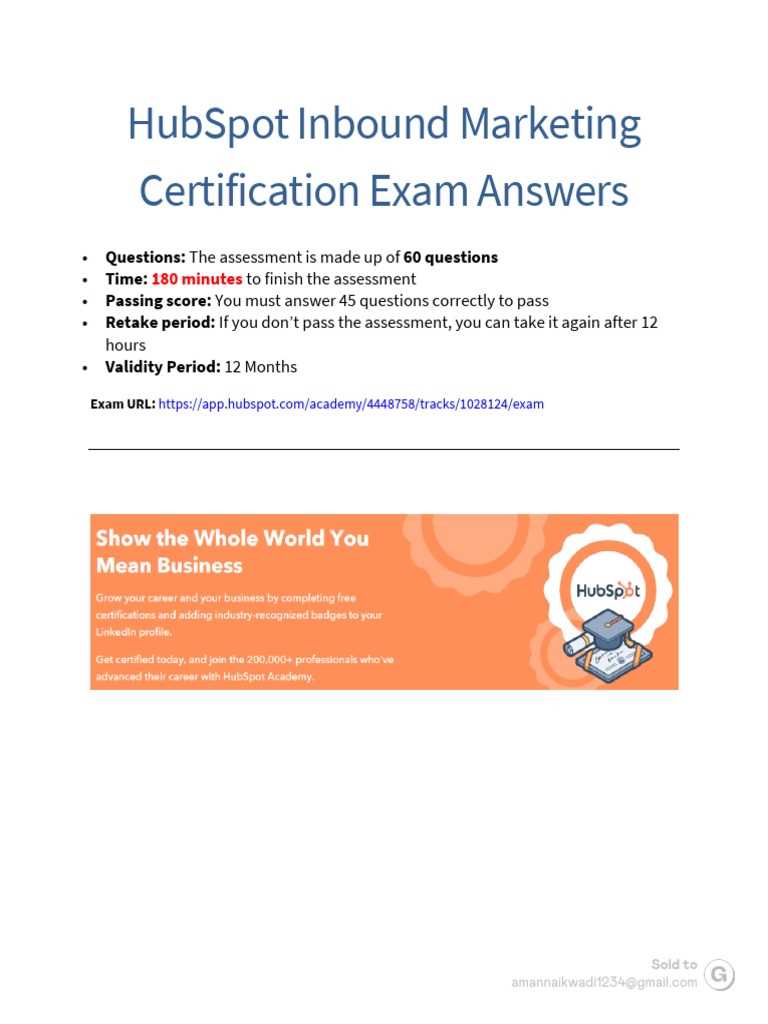
- Plan Before You Write: Take a few minutes to outline your ideas and structure your essay before starting.
- Provide Clear Arguments: Each paragraph should present a distinct point supported by evidence.
- Use Examples: Provide real-world examples or case studies to strengthen your argument.
- Stay on Topic: Ensure that every sentence contributes to answering the question directly.
Organizing Your Response
A well-structured essay will help you communicate your ideas effectively. Make sure your introduction clearly outlines the purpose of your response and presents your main argument. In the body of your essay, each paragraph should focus on a single point, with supporting evidence. Conclude by summarizing your key arguments and reinforcing your position.
| Section | Content |
|---|---|
| Introduction | Present your main argument and outline the structure of your response. |
| Body Paragraphs | Develop your arguments with clear points and relevant examples. |
| Conclusion | Summarize your main points and provide a final statement that ties everything together. |
By following these best practices, you can ensure that your essay responses are clear, well-structured, and persuasive, helping you achieve better results. Practice writing essays regularly to refine your skills and improve your performance in these types of tasks.
Using Real-World Examples in Your Answers
Incorporating relevant, real-world examples into your responses is a powerful way to strengthen your arguments and demonstrate a deeper understanding of the subject. By referencing actual cases, businesses, or trends, you can show how theoretical concepts apply in practical situations, which makes your response more compelling and credible.
Real-world examples serve several purposes. They illustrate abstract ideas, bring context to your claims, and make your responses more relatable. Whether it’s a company’s success story or a current event, tying theory to practice helps convey your grasp of the subject matter and adds weight to your points.
Choosing the Right Examples
Not all examples are equally effective. Select ones that are directly relevant to the topic you’re discussing and align with the key points you’re trying to make. It’s also crucial to choose examples that are well-known or widely recognized so that your audience can easily connect with them.
- Stay Relevant: Choose examples that directly relate to the concept or issue at hand.
- Use Familiar Cases: Refer to widely recognized examples to ensure clarity and relevance.
- Ensure Accuracy: Make sure your examples are factually correct and up-to-date.
Integrating Examples Effectively
When including examples in your responses, be sure to integrate them smoothly into your argument. Don’t simply list them; explain how they support your point of view. For instance, instead of merely stating that a brand successfully launched a product, describe how their marketing strategy led to the product’s success, and link it back to the theory you’re discussing.
By using well-chosen, relevant examples, you make your responses more engaging, persuasive, and reflective of real-world dynamics. This approach can significantly enhance the quality of your answers and demonstrate your ability to apply theoretical knowledge in a practical context.
How to Stay Calm Under Pressure
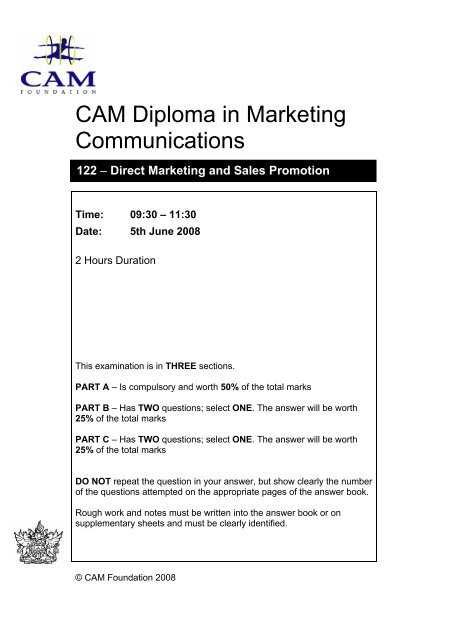
Maintaining composure during high-stress situations can be challenging, yet it is crucial for achieving success. When the stakes are high, whether it’s during a test or a critical task, keeping your mind clear and focused will help you perform better. Stress often leads to rushed decisions and can cloud your thinking, so learning to manage it effectively is key to staying in control.
The ability to stay calm allows you to think more clearly, make more logical decisions, and articulate your thoughts in a coherent manner. While it’s natural to feel pressure, there are strategies to manage it and regain a sense of calm in the moment. These techniques help you focus on the task at hand rather than the stress surrounding it.
Techniques for Reducing Anxiety
One of the most effective ways to reduce anxiety in stressful situations is through controlled breathing. Deep breaths can help lower your heart rate and relax your body. Additionally, taking short pauses during a task can allow you to refocus and recalibrate. Simple practices like these help you regain control when feeling overwhelmed.
- Practice Deep Breathing: Breathe in slowly for a count of four, hold for four, and exhale for four to calm your mind.
- Take Breaks: Step back for a moment if you feel too anxious to continue.
- Visualize Success: Picture yourself successfully handling the task to boost confidence.
Focus on the Present Moment
When under pressure, it’s easy to get distracted by worries about the outcome or potential mistakes. Instead of focusing on what could go wrong, stay grounded in the present moment. Break down the task into smaller, manageable steps. This will help you focus on completing one task at a time rather than becoming overwhelmed by the overall situation.
Remaining calm in stressful moments can be learned and mastered over time. Through mindful techniques and focused attention, you can build resilience and perform at your best, no matter the pressure.
Reviewing and Editing Your Responses
Once you have completed your work, it’s essential to take the time to revisit your responses. This step allows you to ensure clarity, coherence, and completeness in your thoughts. Rushing through the final stage can lead to overlooked errors or missed opportunities to improve your argument. By carefully reviewing what you’ve written, you can refine your points and present them in a more organized and compelling way.
Editing is not just about correcting spelling or grammatical mistakes; it’s an opportunity to enhance the overall quality of your response. It involves checking that each idea flows logically, that your arguments are well-supported, and that your answer addresses the core requirements of the task. Taking a step back and reviewing your work with fresh eyes can reveal aspects you might have missed during the initial drafting.
Key Areas to Focus On
When reviewing your responses, consider the following areas to ensure that your work is clear and well-structured:
- Clarity: Ensure your sentences are concise and easy to understand. Eliminate any unnecessary jargon or overly complex phrases that may confuse the reader.
- Coherence: Check that your ideas flow logically from one to the next. Each paragraph should build upon the previous one, leading to a clear conclusion.
- Accuracy: Verify the facts, examples, or theories you’ve included to ensure they are correct and relevant.
Steps to Edit Effectively
Effective editing requires a structured approach. Here’s a simple process to follow:
- Take a Break: After completing your work, step away for a few minutes. Returning with a fresh perspective can help you spot errors more easily.
- Read Aloud: Reading your work aloud helps you catch awkward phrasing and ensure that your arguments sound natural.
- Use Tools: Utilize grammar checkers or other proofreading tools to identify basic errors in punctuation or structure.
By incorporating these strategies into your review process, you’ll improve the clarity and quality of your responses, ensuring they are both thoughtful and impactful.
Preparing for Different Question Formats
In any assessment, questions can take a variety of forms, each requiring a distinct approach. Familiarizing yourself with these different formats allows you to tailor your responses effectively and maximize your chances of success. Whether you’re asked to provide short answers, discuss in detail, or analyze a specific situation, understanding the structure and expectations of each question type is crucial.
Being prepared for various question formats helps you respond confidently and efficiently. You can plan your time wisely, manage your thoughts more clearly, and avoid common pitfalls such as misinterpreting the task or providing irrelevant information.
Common Question Types
Here are some common formats you may encounter and the strategies for tackling them:
- Multiple-Choice: These questions often test your recall and understanding of key concepts. Read each option carefully and eliminate clearly incorrect choices before selecting your answer.
- Short-Answer: For brief responses, focus on answering the main point concisely. Make sure your response is direct and to the point, without unnecessary elaboration.
- Essay/Long-Form: These questions require more in-depth analysis. Start with a clear introduction, structure your response logically, and provide supporting evidence or examples to strengthen your argument.
- Case Studies: When working with case studies, it’s essential to break down the situation and analyze it critically. Address the key issues, suggest possible solutions, and explain the rationale behind your recommendations.
Effective Strategies for Each Format
Each type of question demands a specific approach to ensure you’re covering the essential elements. Here are some effective strategies:
- Multiple-Choice: Focus on the key concepts and definitions. Be prepared to apply theoretical knowledge to practical scenarios.
- Short-Answer: Prioritize clarity. Answer directly without over-explaining. Be sure to use precise terminology.
- Essay/Long-Form: Structure your response with a clear introduction, body, and conclusion. Use paragraphs to introduce distinct points and link your ideas logically.
- Case Studies: Analyze the problem thoroughly and consider multiple perspectives. Offer actionable solutions, supported by facts or theories.
By understanding the requirements of each question type, you can respond more effectively and make the most of your time during assessments.
Leveraging Past Exam Papers for Practice
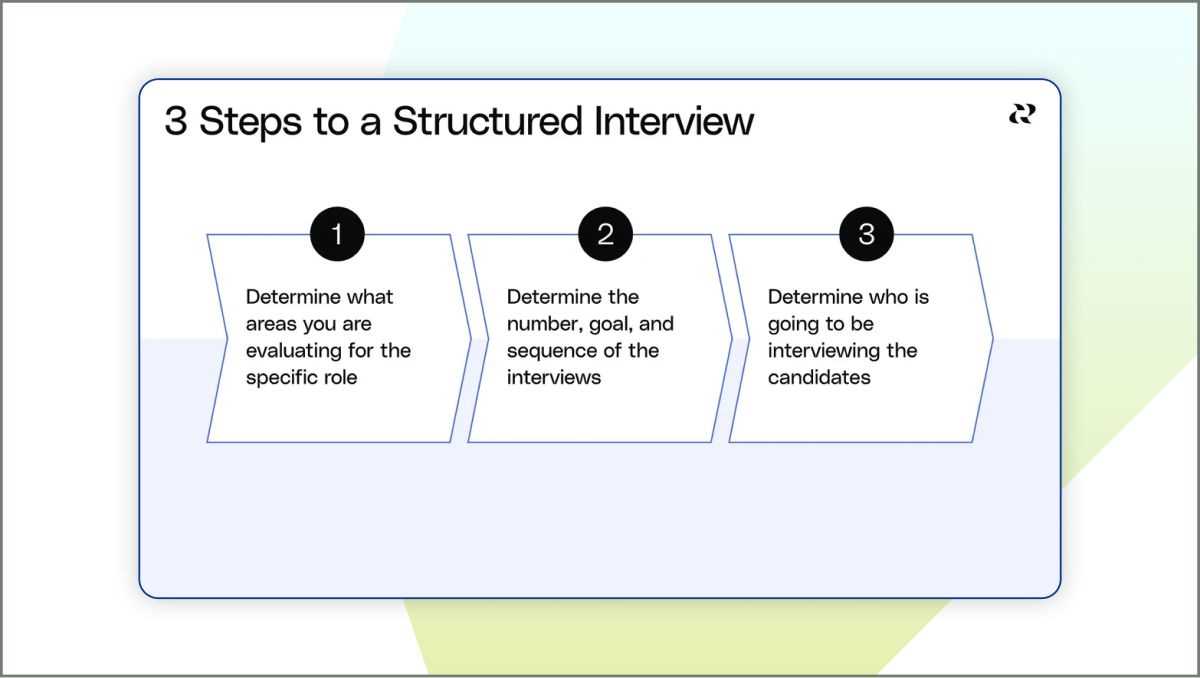
Utilizing previous assessments as a practice tool can be a valuable strategy to enhance your preparedness. By reviewing past materials, you can gain insights into the types of topics typically covered and the format of the tasks. This method allows you to familiarize yourself with the structure of the evaluation and identify areas where you may need additional focus.
Working through past tests not only helps you understand the kind of content you should focus on but also improves your ability to manage time effectively during actual assessments. Practicing with real examples builds confidence and enables you to refine your approach.
Benefits of Practicing with Previous Papers
- Familiarity with Format: Previous papers provide insight into the common structure of tasks, such as whether you need to summarize, analyze, or explain certain topics.
- Improved Time Management: Repeated practice under time constraints helps you gauge how long to spend on each section, improving your pacing during the real assessment.
- Identification of Weak Areas: Practicing with past papers allows you to pinpoint areas where your understanding may be lacking, giving you a targeted focus for revision.
- Building Confidence: Regular exposure to real exam scenarios helps reduce anxiety and boosts your confidence, knowing you’ve already tackled similar tasks.
Best Practices for Using Past Papers
To make the most of past materials, consider the following tips:
- Simulate Test Conditions: Attempt the questions within the time limits as if you were sitting the real test to replicate the pressure of the actual situation.
- Review Your Responses: After completing each past paper, thoroughly review your answers. Analyze mistakes to understand where you went wrong and how to improve.
- Focus on Key Themes: Take note of recurring themes or topics that appear frequently in past assessments and prioritize these during your studies.
- Incorporate Feedback: If possible, seek feedback from teachers or peers on your responses to further refine your approach.
By integrating this approach into your revision plan, you can significantly improve both your understanding and performance on the day of the evaluation.
Mastering the Art of Marketing Exams
Achieving success in assessments requires more than just memorizing facts. It involves a strategic approach that allows you to demonstrate not only your knowledge but also your ability to apply key concepts effectively. Mastering this skill involves careful planning, practice, and the ability to stay focused under pressure.
Developing a structured approach to tackling various tasks is crucial. Understanding the format, anticipating potential challenges, and practicing with real-life scenarios can significantly enhance your ability to perform well. By integrating critical thinking with a well-organized study routine, you will be better prepared for any type of evaluation.
Key Strategies for Success
- Thorough Preparation: Start by organizing your study materials, focusing on the most relevant theories, models, and real-world examples. This will provide a solid foundation for approaching any task.
- Time Management: Allocate time for each section based on its complexity and length. Practicing under timed conditions will help you develop an efficient pace during the actual assessment.
- Understanding Key Concepts: Rather than rote memorization, aim to fully understand the principles behind key topics. This will allow you to apply them flexibly in various contexts.
- Critical Thinking: Think critically about the questions and the context in which they are posed. This will enable you to offer nuanced insights and well-rounded responses.
Techniques for Applying Knowledge Effectively
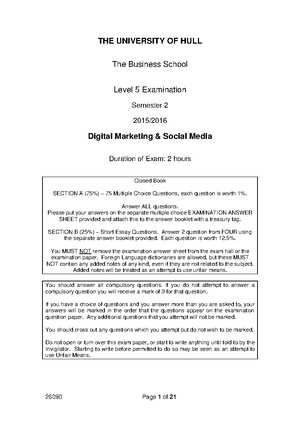
- Use Real-World Examples: Support your ideas with relevant, real-life cases. This not only strengthens your arguments but also shows your ability to apply theory to practice.
- Be Concise and Clear: When presenting your ideas, avoid unnecessary details. Focus on clarity and precision to ensure that your points are easily understood.
- Structure Your Response: Break your response into clear sections, with an introduction, main points, and a conclusion. This logical flow ensures that your answer is coherent and easy to follow.
- Review Your Work: Always leave time to check your responses for any errors or gaps in reasoning. Refining your work after writing can make a significant difference in your performance.
By honing these strategies and techniques, you will be well-equipped to succeed in any challenging evaluation, demonstrating not only your knowledge but also your ability to apply it effectively in real-world scenarios.